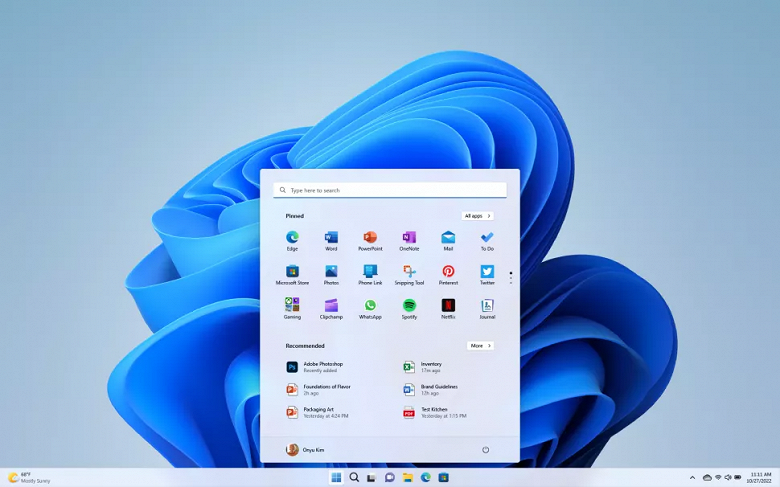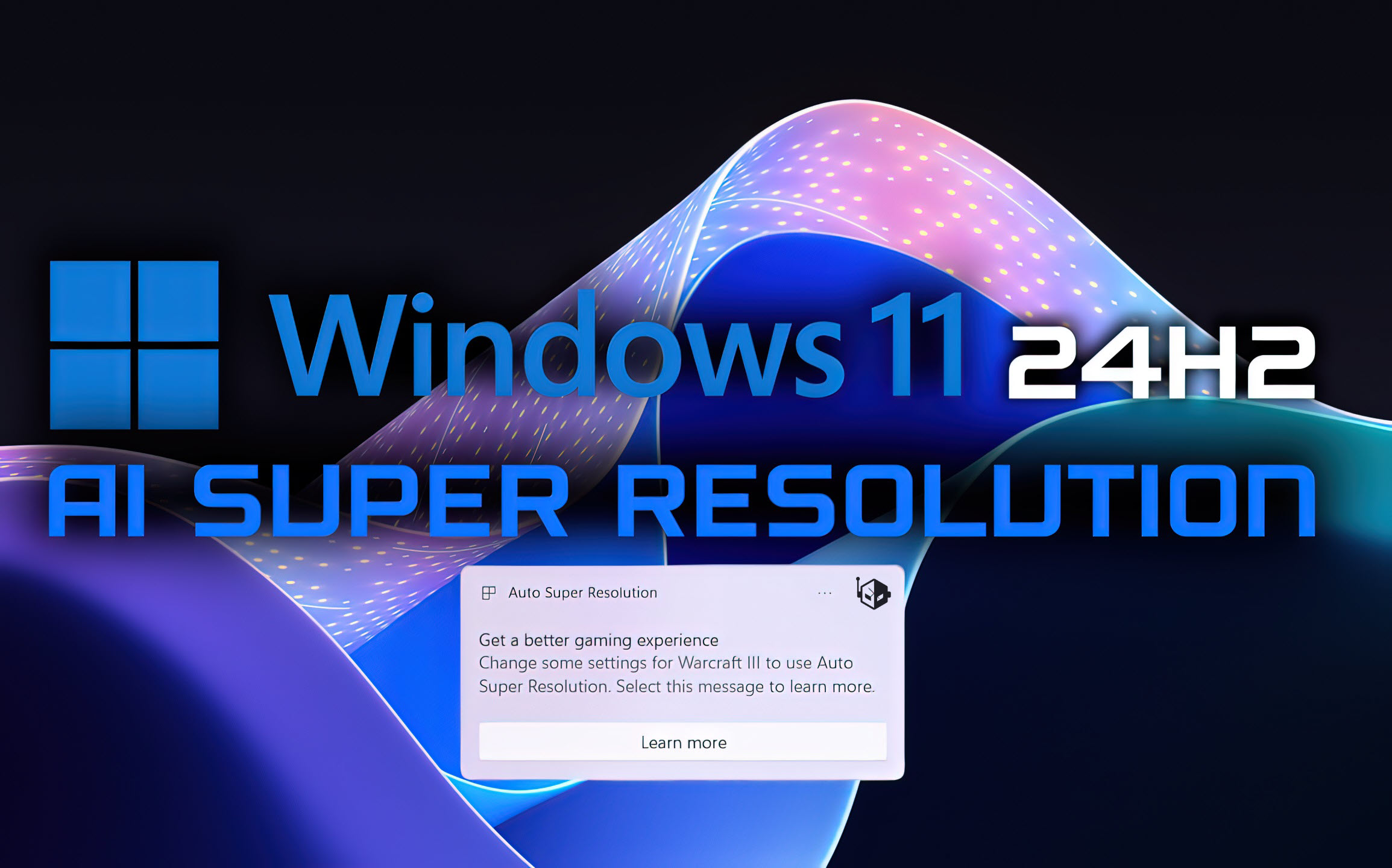The fix turned out to be flawless.
Last Tuesday, Microsoft released the big June Update for Windows 11 and Windows 10 . Among them was a patch designed to address a vulnerability found in the Windows kernel that could lead to information disclosure. As it turns out, the fix could lead to further problems.
The vulnerability is called CVE-2023-32019: “An authenticated user (attacker) could cause an information disclosure vulnerability in the Windows kernel. This vulnerability does not require administrator or other elevated privileges. An attacker who successfully uses it can view the contents of memory from a privileged process running on the server.”

Large-scale update of Windows 11 and Windows 10 brought with it a new vulnerability
The vulnerability, while potentially dangerous, should not pose an immediate threat to the majority. However, fixing it can be dangerous.
Microsoft said the following: “Important! The solution described in this article is a potentially breaking change. Therefore, we are releasing a change that is disabled by default, with the option to enable it. In a future release, this solution will be enabled by default. We recommend that you check this permission in your environment. Then, once it’s been verified, enable the permission as soon as possible.”
Users have the option to enable or disable error fixing depending on whether the OS needs it. The fix is disabled by default, but Microsoft indicates when it should be enabled on the support page .




